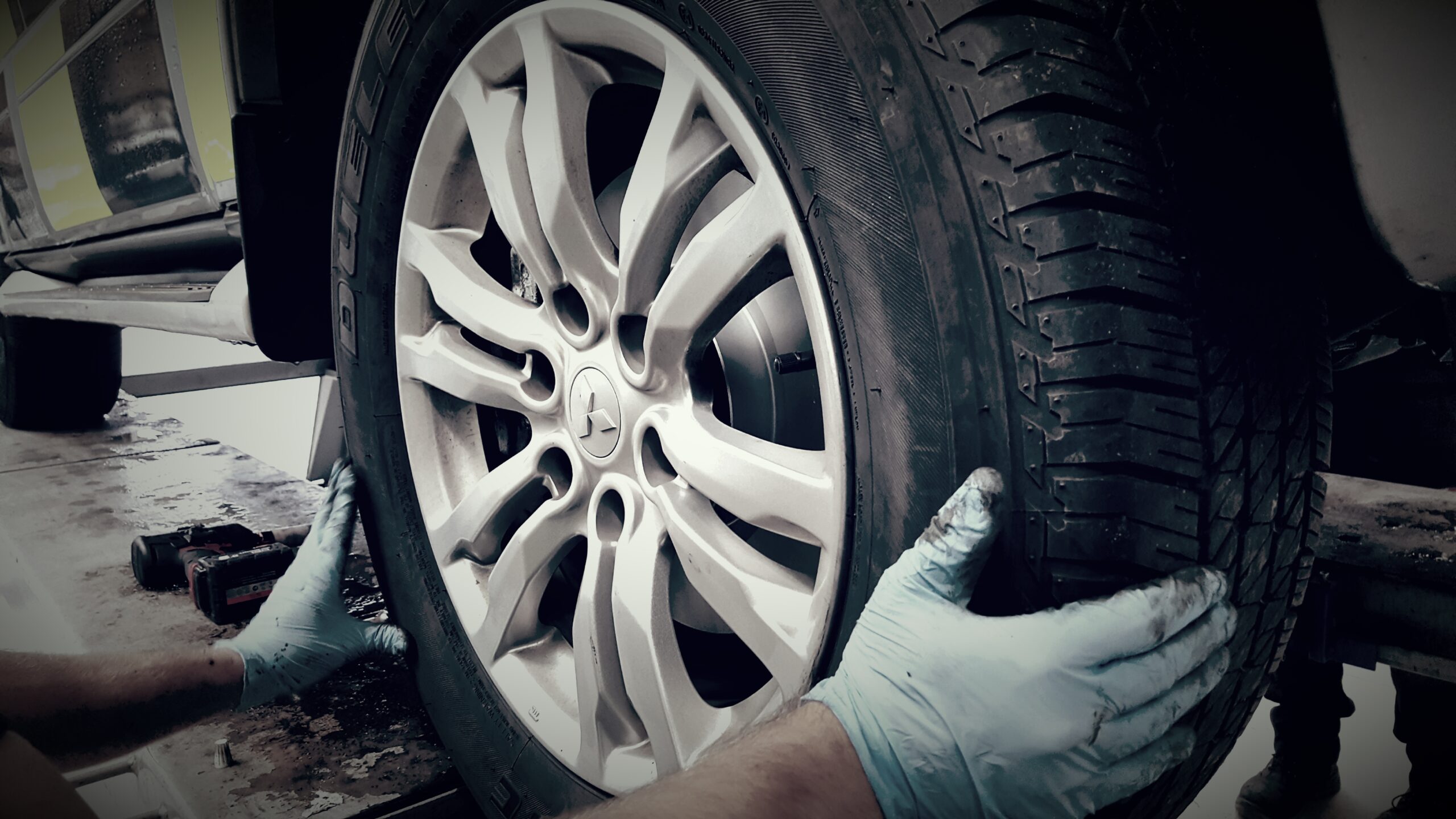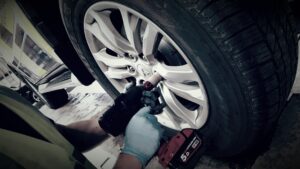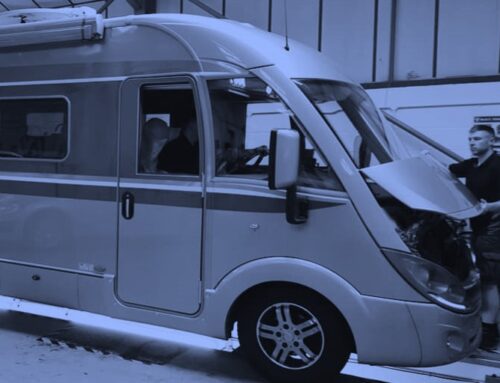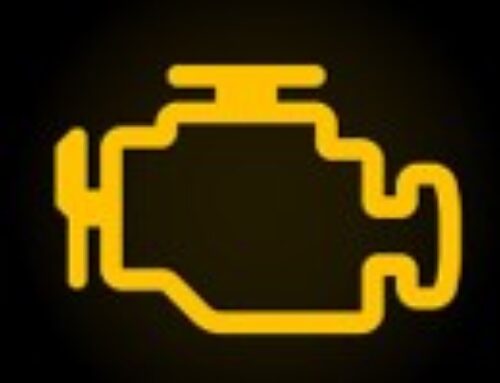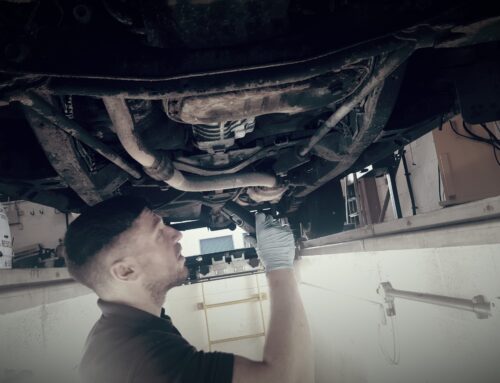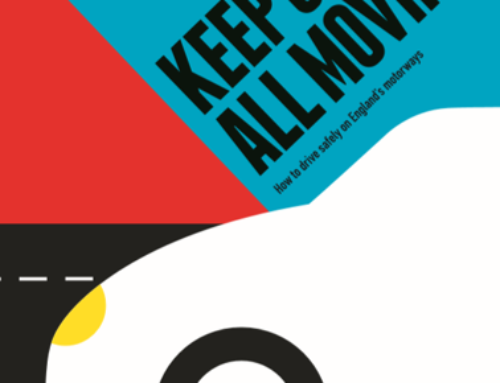Why you should never overlook tyre safety advice
It should go without saying, but a garage has a duty of care to inform a customer of any potential safety concerns with their vehicle, however small. As experts, we are trusted to make sure a customer’s vehicle is in the best condition possible.
We have recently found ourselves in conversations about tyre care with many new customers. Many have been unaware of the variety of issues linked to tyre degradation and its potential dangers.
Tyres are subject to all sorts of wear and tear, but it’s not just about the mileage you do. Variables such as the age of a tyre, your driving style, temperature or load issues can affect tyre safety.
We know that not all people are obsessive about checking their car, so it’s a good job we are! We always carry out a visual tyre safety check during a service and make sure our customer is always well-informed about the potential dangers of an unsafe tyre. This includes giving advice on checking the tyre condition, but it’s surprising how often even a previous repairer has missed a potentially unsafe tyre – even on a recent MOT.
We believe that giving the customer the knowledge to keep them safe on the road is part of our job, so we thought we’d put some information here too.
Read on for some important tips on maintaining tyre safety
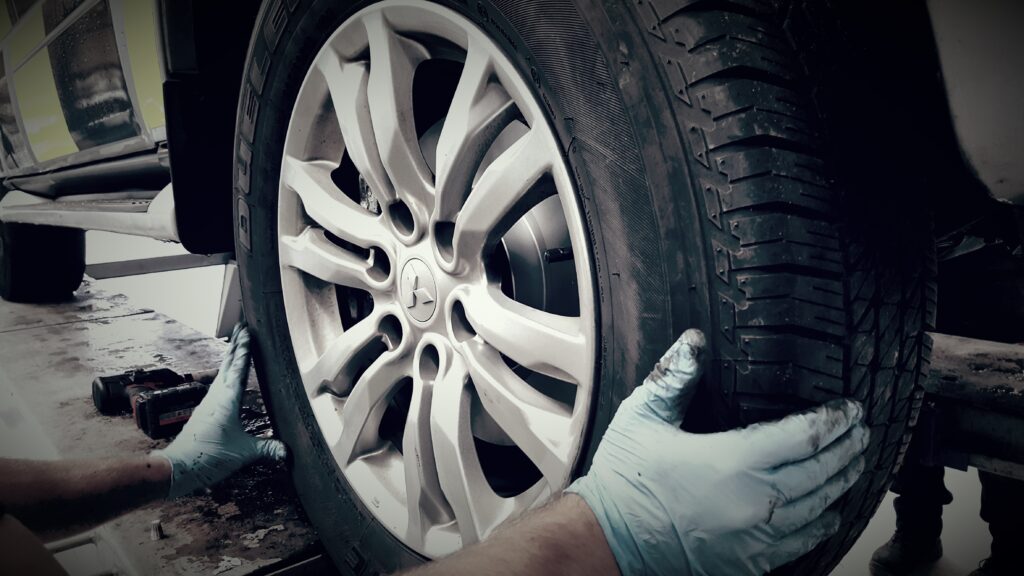
What can I do to check tyre safety myself?
One obvious sign of a worn tyre is low tread depth (the measurement between the outer tread and bottom of the grooves). The legal limit is 1.6mm, but it is recommended that you have at least 3mm of tread for increased grip and to reduce your stopping distance.
You can check your tread depth using a 20p coin: an obscured outer band when placed in the groove will indicate you have 3mm tread or more. You should always check three 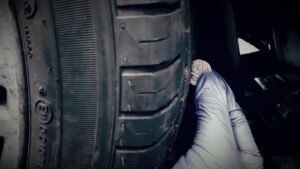 different parts of the tyre, and it is best to use a tyre depth gauge for more accuracy. You can also look for uneven wear on a tyre, which often indicates alignment, steering or suspension problems. Spotting these early can help avoid costly problems down the line.
different parts of the tyre, and it is best to use a tyre depth gauge for more accuracy. You can also look for uneven wear on a tyre, which often indicates alignment, steering or suspension problems. Spotting these early can help avoid costly problems down the line.
Maintaining the recommended tyre pressure is also important, and easily done. Tyres will always lose a bit of pressure over time – even if the vehicle is unused for a period. Putting air in your tyres every few times you visit the petrol station is advisable, and it will also highlight any slow punctures that may have gone unnoticed.
Another thing you might not notice is the age of the tyre. Tyres should be changed every 10 years regardless of the amount of evident wear. You can check the age of the tyre on the sidewall: there will be a sequence of 4 numbers – often preceded by DOT and other characters – that relate to the week and year of manufacture. For example, 2118 would denote week 21, 2018.
Other visual checks can ensure your tyres are kept in good condition:
- removing stones and nails from the tread can prevent a puncture or other damage;
- cleaning oil or fuel residue with detergent and water can repel unwanted harmful effects on the rubber compound
How can I make my tyres last longer?
Checking and maintaining your tyres often should make them last longer through regular care. It is advisable to get tyres over 5 years old regularly checked by a professional for cracking, exposed cords, bulging or tears.
Some high-end tyres often retain tread and look visually fine for longer, but closer inspection can reveal signs of wear and tear. These should be picked up in your MOT.
Fitting your tyres in pairs and rotating your tyres can also help maintain safe tyres for longer. Having brand new tyres alongside worn ones can affect the balance distribution of the vehicle, which can wear new tyres quicker and cause unpredictable driving in emergency conditions.
Another thing to consider is the load in your vehicle and your driving style. Keeping a full boot or taking corners at speed regularly can dramatically decrease your tyre’s lifespan.
Why should new tyres be fit on the rear of the vehicle?
You may have heard it advised that the newest or best tyre be fit to the rear of the vehicle. Some may naturally think that, as your front tyres are subject to more wear, that it should work the opposite way around. However, there a good reason to always follow the advice to put new tyres at the back.
In adverse conditions, worn tyres at the back will likely result in your vehicle oversteering due to the lack of rear axle grip. This can cause the vehicle to spin and become uncontrollable.
It is better for your vehicle to understeer in these conditions. This is when the vehicle is kept straighter than prescribed by the steering action, and will happen if there is less grip on the front axle than the rear. This allows for greater control of the vehicle and can prevent a bad accident that may result from the rear swinging out.
This concept can also apply to a tyre blowout: having control of the back axle is favourable to maintain some control in a difficult situation, so it is safer if this happens to a front tyre.
What are the risks of driving on worn or old tyres?
Worn or damaged tyres can affect how your vehicle drives, particularly in adverse conditions.
Low tyre tread decreases the control you have over the vehicle, and can increase stopping times by over 40% in wet conditions.
A worn tyre also increases the risk of aquaplaning. This happens when a layer of water builds up between the tyre and the road, resulting in a lack of traction and a lack of control for the driver. Good tyres in good condition can often shift this water from the surface to maintain traction. However, tyres with low tread are much more susceptible to losing traction.
Old tyres are also more likely to suffer a blowout – a sudden loss of pressure which destroys the tyre and causes a dangerous situation. However, this is often caused by under-inflation, which results in the tyre being misshapen while driven at speed and producing excessive friction and heat, causing the rupture.

